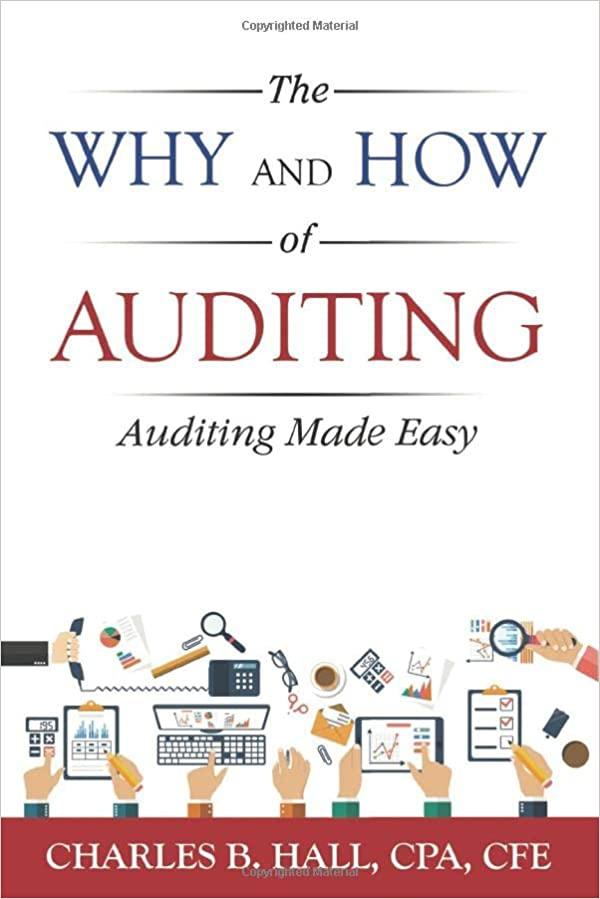Question
Carol developed Raynauds disease and needed to live in a warm climate, so they chose Arizona. The Smiths put their house up for sale in
Carol developed Raynauds disease and needed to live in a warm climate, so they chose Arizona. The Smiths put their house up for sale in New York and managed to recoup their $10,000 down payment. After paying the moving company in Arizona, they now had $5,000 in their pocket. With a great deal of determination, the Smiths purchased a house on Aster Dr. in northeast Phoenix in less than a year. After 4 years, they decided they needed a larger house and put their house up for sale, but couldnt sell it. They had their eye on a new house that was being built and decided to rent out their former home to a couple relocating to Phoenix. What the Smiths did not know was that the renters furniture and moving boxes would arrive ahead of the renters, and now the Smiths had cardboard boxes everywhere. The Smiths charged the couple $650, which did not cover their $900 monthly expense. What the Smiths experienced was negative cash flow. However, when the Smiths paid their taxes, they were able to declare a $3,000 business loss. This calculation is ($650 rent 12 months) = $7,800 ($900 mortgage payment 12) = $10,800, leaving them with $3,000 out of pocket. Because they were in a 25 percent tax bracket, the $3,000 loss saved the Smiths about $750 in taxes. In 1983, the Smiths had one rental on Aster with a $55,000 mortgage debt. The Smiths enjoyed being landlords and determined that if they could come up with a down payment and closing costs, they could purchase a house and rent it out. What made this especially attractive was that the builder bought down the interest rate for 3 years, so in 1984, they bought a new house on 34th Way. The Smiths purchased the house for $78,000 with a $3,000 down payment, which left a $75,000 mortgage. In 1985, they bought an $85,000 new house on Grandview with an $8,000 down payment. Therefore, the house on Grandview had a $77,000 mortgage. The house that the Smiths resided in cost $99,000 with a $90,000 mortgage. As a result of these purchases, the Smiths have about $300,000 in mortgage debt. They took a risk, and based on this risk they wanted to be rewarded heavily. As interest rates dropped during the 1990s and demand for housing in the ScottsdalePhoenix market increased, the Smiths began thinking about selling the three rentals and investing in more lucrative newer real estate. The 34th Way house now had a positive cash flow and the renter asked if he could purchase the house. The $140,000 selling price offered was accepted by the Smiths for a gain of $71,500 ($140,000 selling price $68,500 mortgage debt = $71,500). Taxes must be paid on this gain, and the depreciation deducted each year must be recaptured. The Smiths decided they would treat this as Section 1031 Exchange Property, allowing them to defer the taxes they would have to pay if they rolled over the $71,500 gain into like kind property. The Smiths wanted to invest in the Scottsdale area and found a condominium in the Grayhawk Community of North Scottsdale, Arizona. The price was $243,500 and the $71,500 rollover gain plus $24,500 was the down payment. The mortgage was a 30-year fixed at 6.00 percent on $147,500. In 2008, the condo was worth about $450,000; with $138,000 mortgage debt, they have $312,000 in equity. The Smiths have since decided to sell both the Aster and Grandview houses and have been successful in both areas. Grandview was sold for $159,000, for a gain of $95,000, and Aster was sold for $120,000, for a gain of $70,000. Asters proceeds of $70,000 and Grandviews proceeds of $95,000, totaling $165,000, were applied as a down payment on another Grayhawk condominium. The $278,000 mortgage was a 30-year fixed at 6.5 percent. Today, it is worth $450,000, and $113,000 remains on the mortgage to give the Smiths $337,000 of equity. Just for the record, the Smiths have $649,000 of equity in their two rentals. If they add on their own personal residence, they have an additional $800,000 in equity for a grand total of $1,449,000 in real estate. A strategy employed by the Smiths is to make additional payments to reduce the principal balance of the mortgage, which cuts the time it takes to finish paying the mortgage. Not bad for the two teachers.
1. Evaluate the equity that the Smiths have in their properties. What advice would you give the Smiths with regard to their tolerance for risk?
2. Using current market interest rates for 15- and 30-year mortgages, construct an amortization schedule for each of the Smiths properties. What is the difference in monthly payments if market interest rates jump to 12 percent for the 30-year mortgage?
3. If Alberts insurance premium renewals amounted to $10,000 a year for 10 years and the going interest rate at the time was 14 percent, find the present value of Alberts renewals.
Step by Step Solution
There are 3 Steps involved in it
Step: 1

Get Instant Access to Expert-Tailored Solutions
See step-by-step solutions with expert insights and AI powered tools for academic success
Step: 2

Step: 3

Ace Your Homework with AI
Get the answers you need in no time with our AI-driven, step-by-step assistance
Get Started


